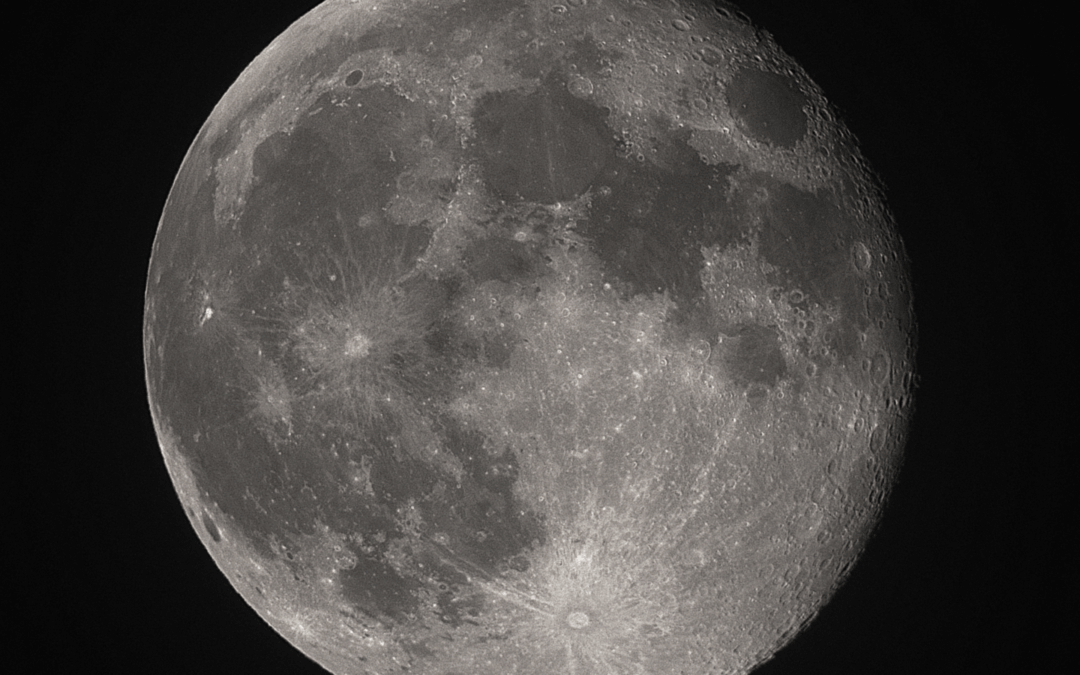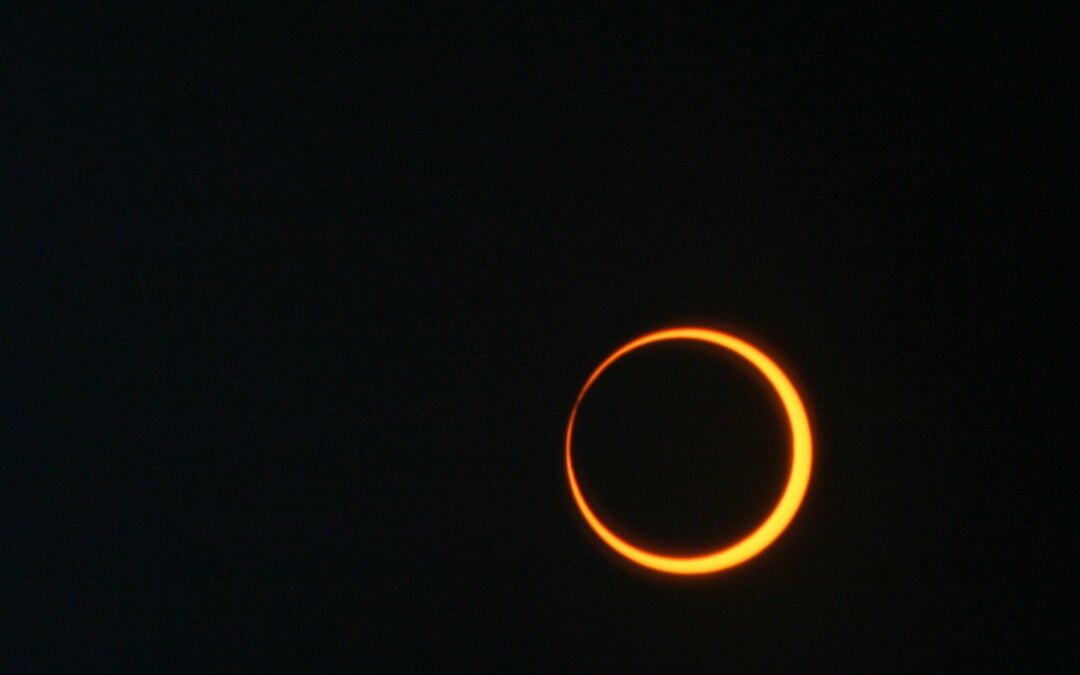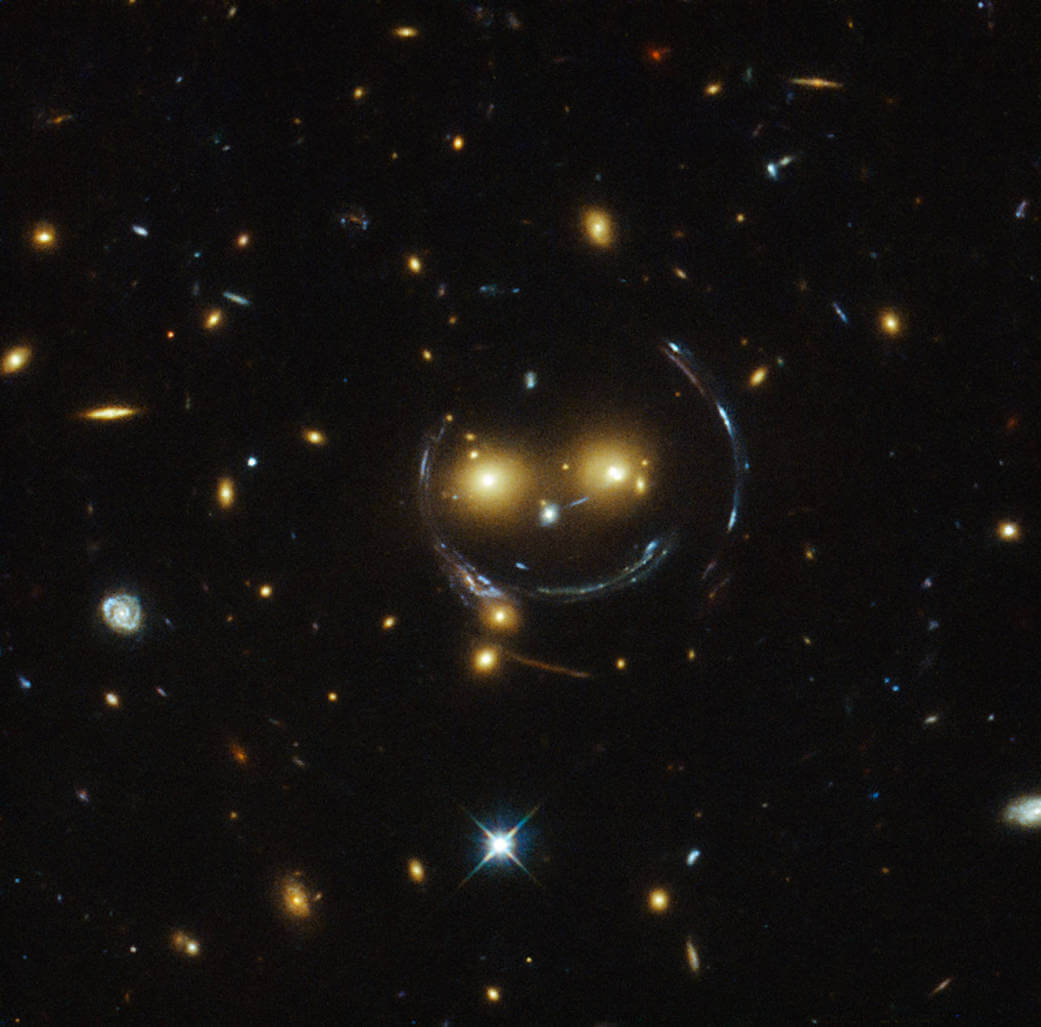Since the Lyrid meteor shower peaks next week, Unistellar Citizen Astronomers are invited to participate in a quest to observe celestial objects in the Lyra constellation!
Quick facts about the Lyra constellation:
- In Latin, Lyra translates to lyre, a stringed instrument that looks like a small harp. They have been used since the time of ancient Greece.
- In Greek mythology, Lyra represents the first lyre ever made, played by the legendary musician, poet, and prophet, Orpheus.
- Vega is the brightest star in Lyra.
- In the 2nd century, Lyra was catalogued for the first time by the Greek astronomer, Ptolemy.
- The best time of year to view Lyra is in Summer.
- Lyra is the 52nd largest constellation in our sky (out of 88) and is visible in the Northern Hemisphere.
Stars in Lyra
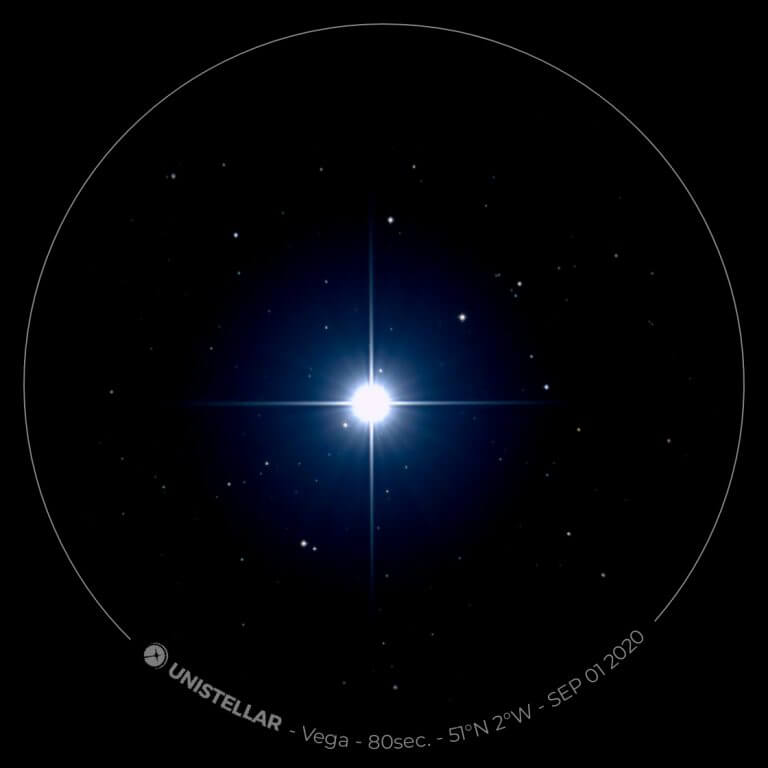
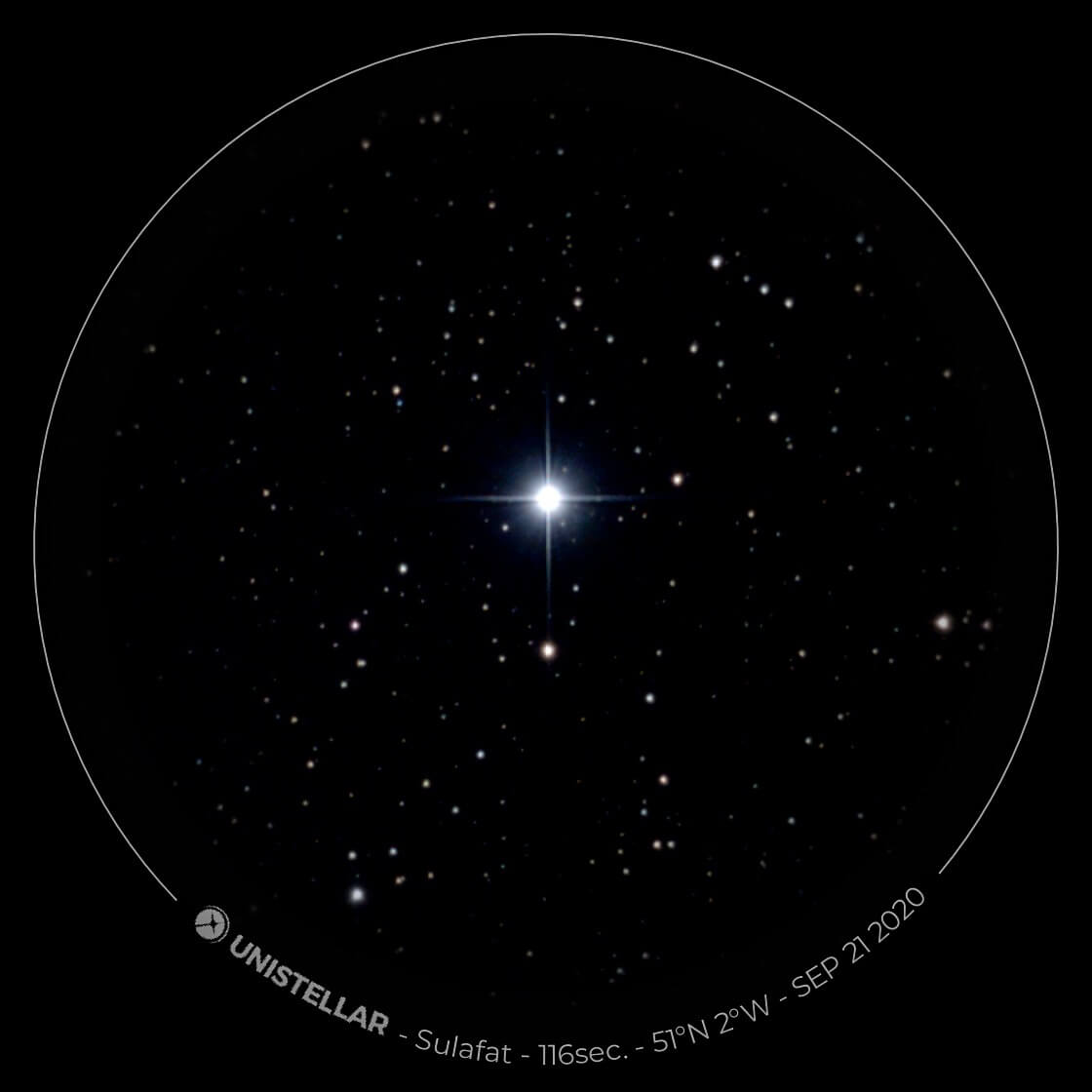
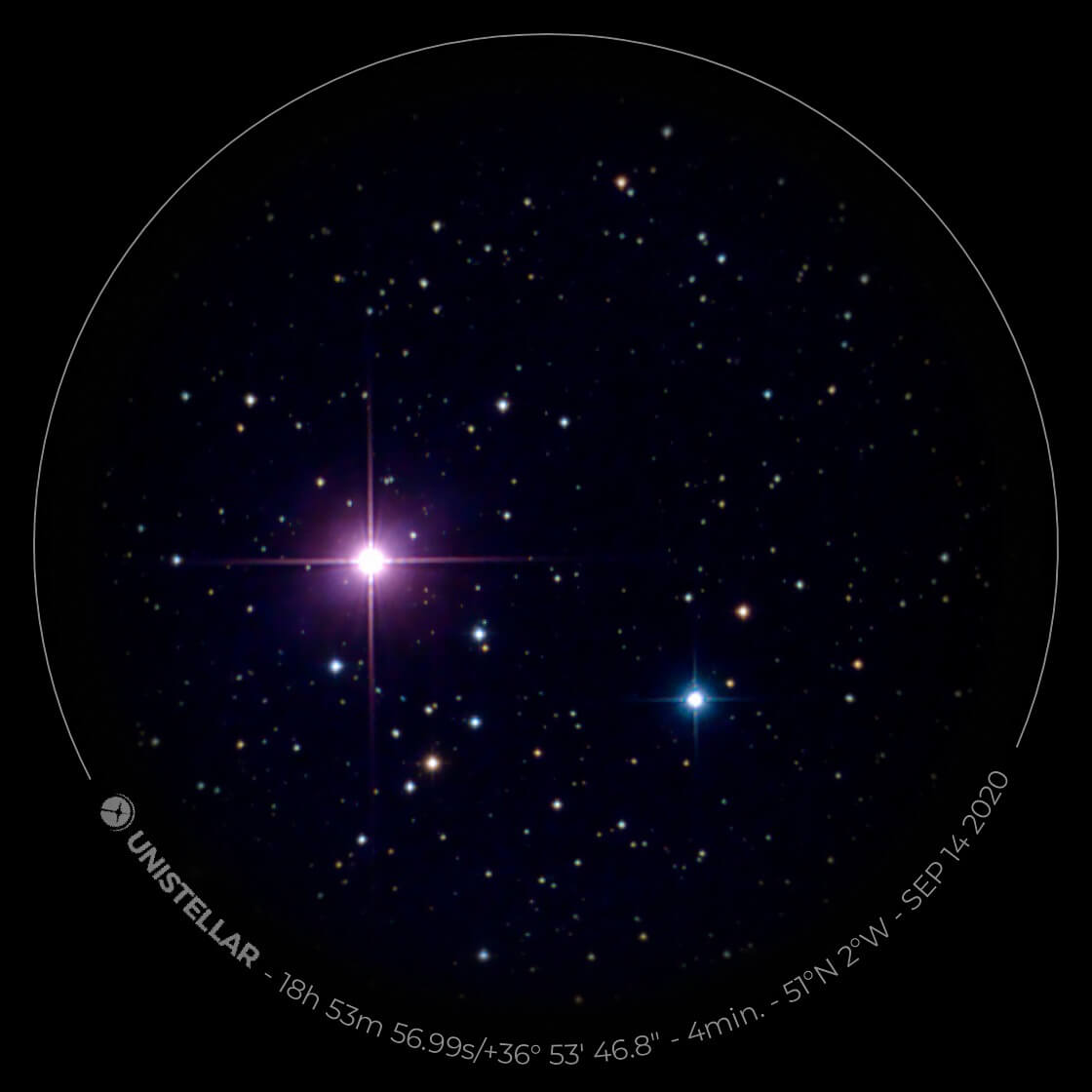
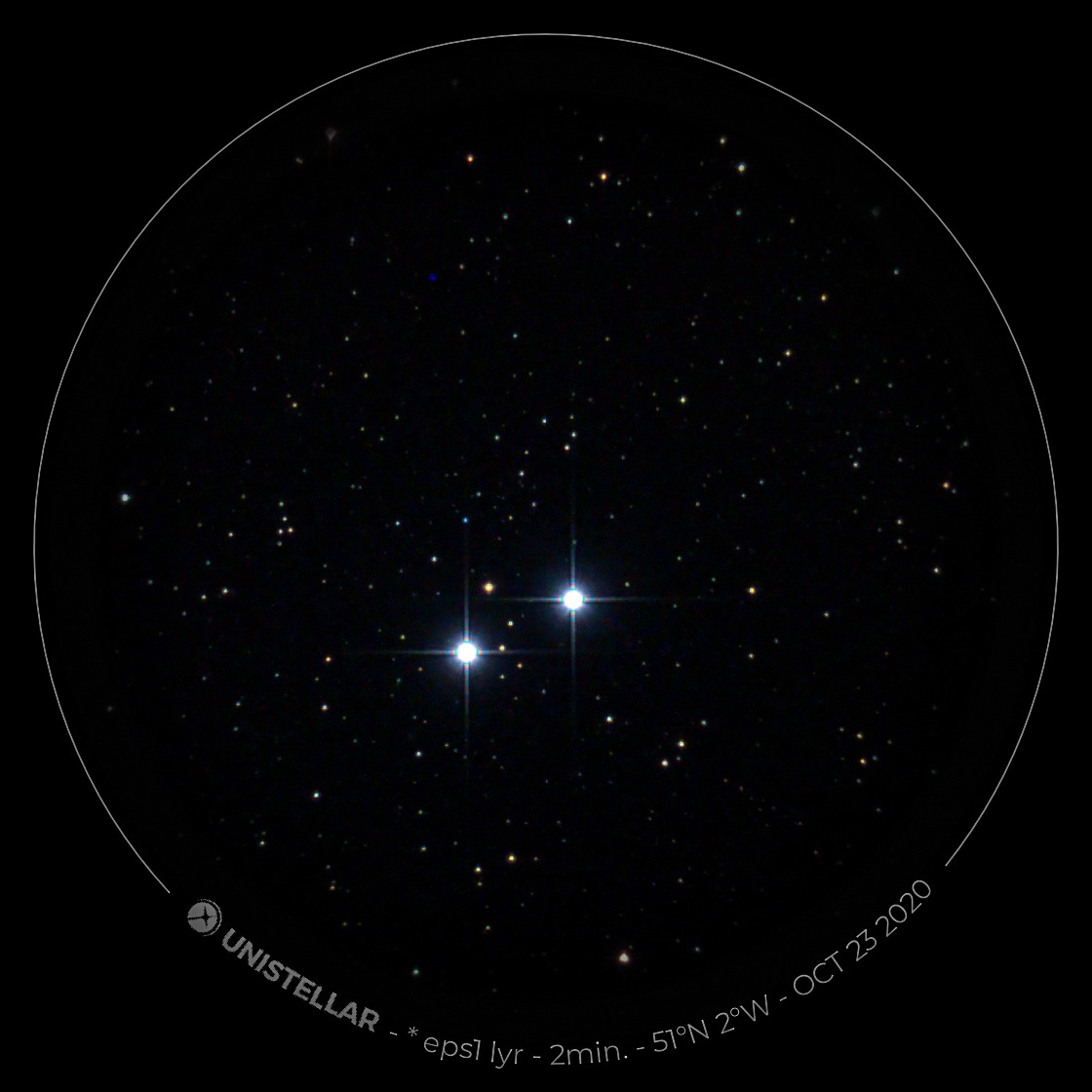
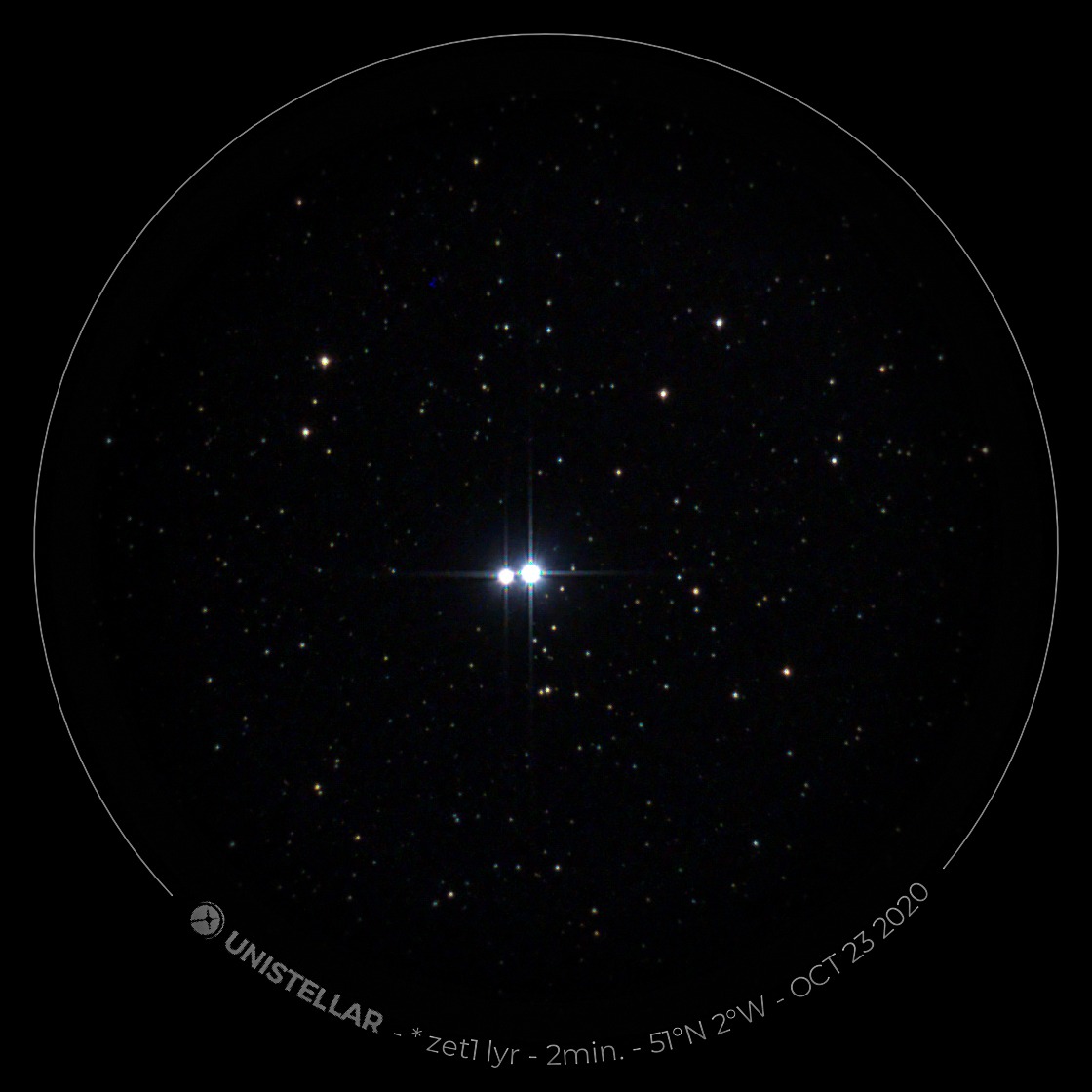
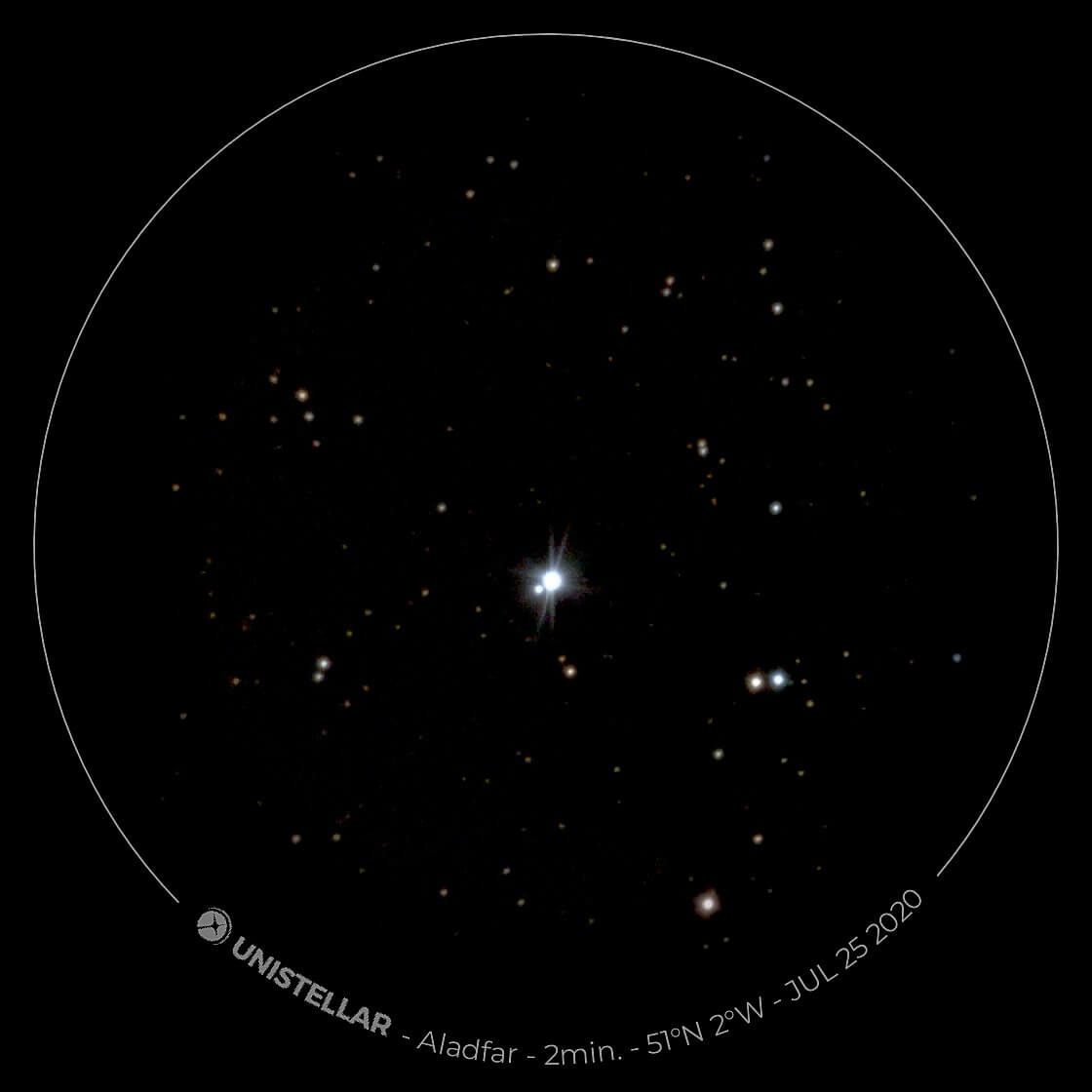
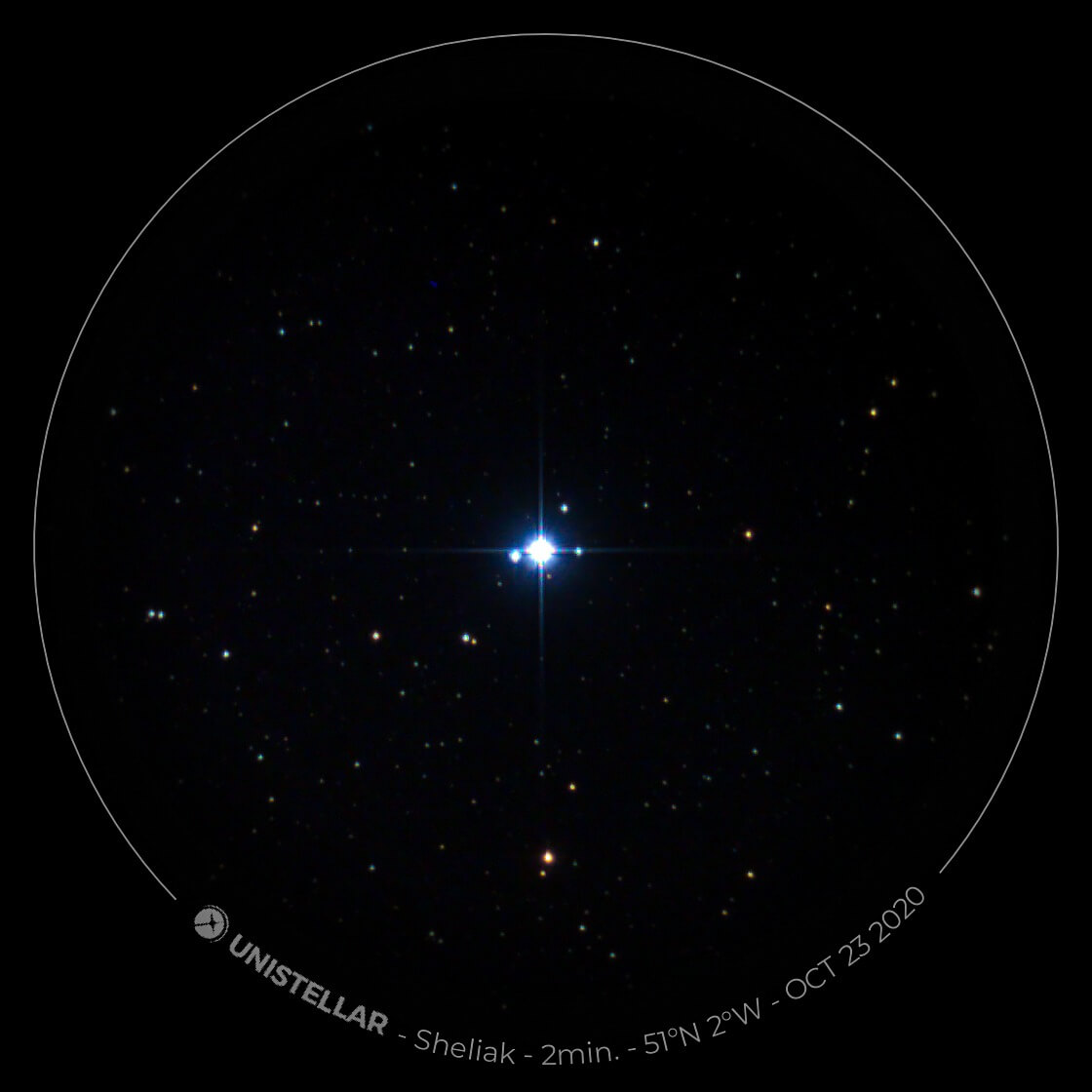
eVscope images captured by Unistellar Citizen Astronomer David Rowe, from Wimborne, United Kingdom
The above eVscope images show stars within Lyra:
- Vega (Alpha or α Lyrae): the brightest star within the Lyra constellation and the fifth brightest star in our night sky
- Sulafat (Gamma or γ Lyrae): the second brightest star in Lyra
- Delta (δ) Lyrae: a star and binary star system. Binary star systems are two stars that orbit each other.
- Epsilon (ε) Lyrae (also known as the Double Double): a multiple star system containing 5 stars: two binary star systems that orbit each other, and a fifth star that orbits one of those star systems.
- Zeta (ζ) Lyrae: a binary star system
- Sheliak (Beta or β Lyrae): a multiple star system containing 6 stars, featured in numerous science fiction novels, films, video games, artwork, and TV shows including Star Trek
- Aladfar (Eta or η Lyrae): a binary star system
Observing Tips:
- Search for “lyr” in the Explore tab of the Unistellar app. What shows up will be all the stars and deep-sky objects in the Unistellar app database within the Lyra constellation.
- We recommend using the Enhanced Vision mode when viewing stars to bring out their colors.
- Depending on the sky quality at your location, you may want to leave the Enhanced Vision mode on for a few seconds.
Deep-Sky Objects in Lyra
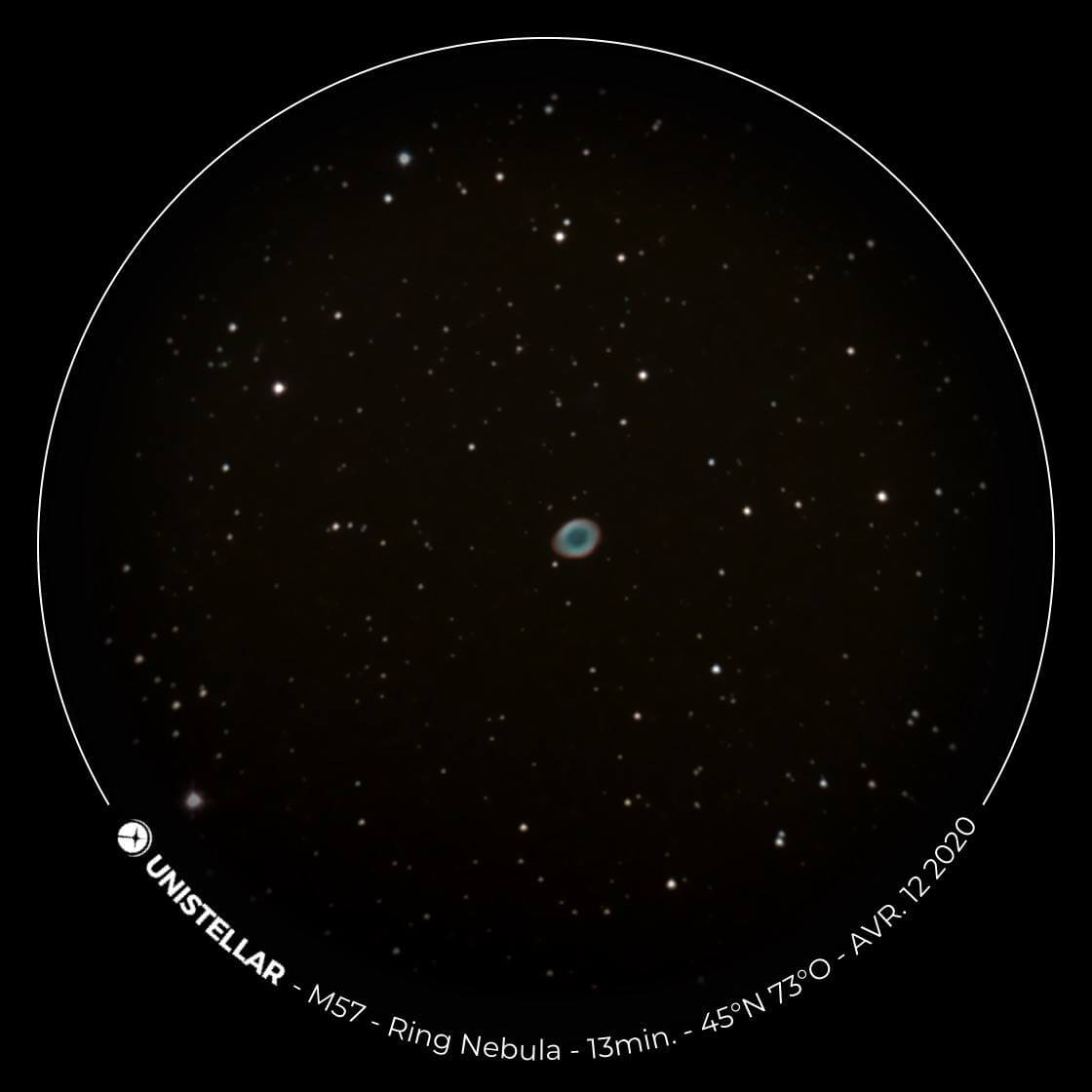
eVscope image captured by Unistellar Citizen Astronomers Nicole Ruel and Jacques Bérard, from Québec
Ring Nebula (Messier 57)
The Ring Nebula is a planetary nebula, meaning that it formed from a dying star that was once similar to our Sun as it ejected its outer layers. Those outer layers, made of gas, expand and form the shape of the nebula. If you look closely in the center of the Ring Nebula, you can see the white dwarf, the remnant core of the star that formed the nebula itself!
Observing Tips:
- Search for “Ring Nebula” or “M57” in the Explore tab of the Unistellar app.
- Depending on the sky quality at your location, you may want to leave the Enhanced Vision mode on for at least a few minutes
- Recommended Bortle Class is 6 or lower.
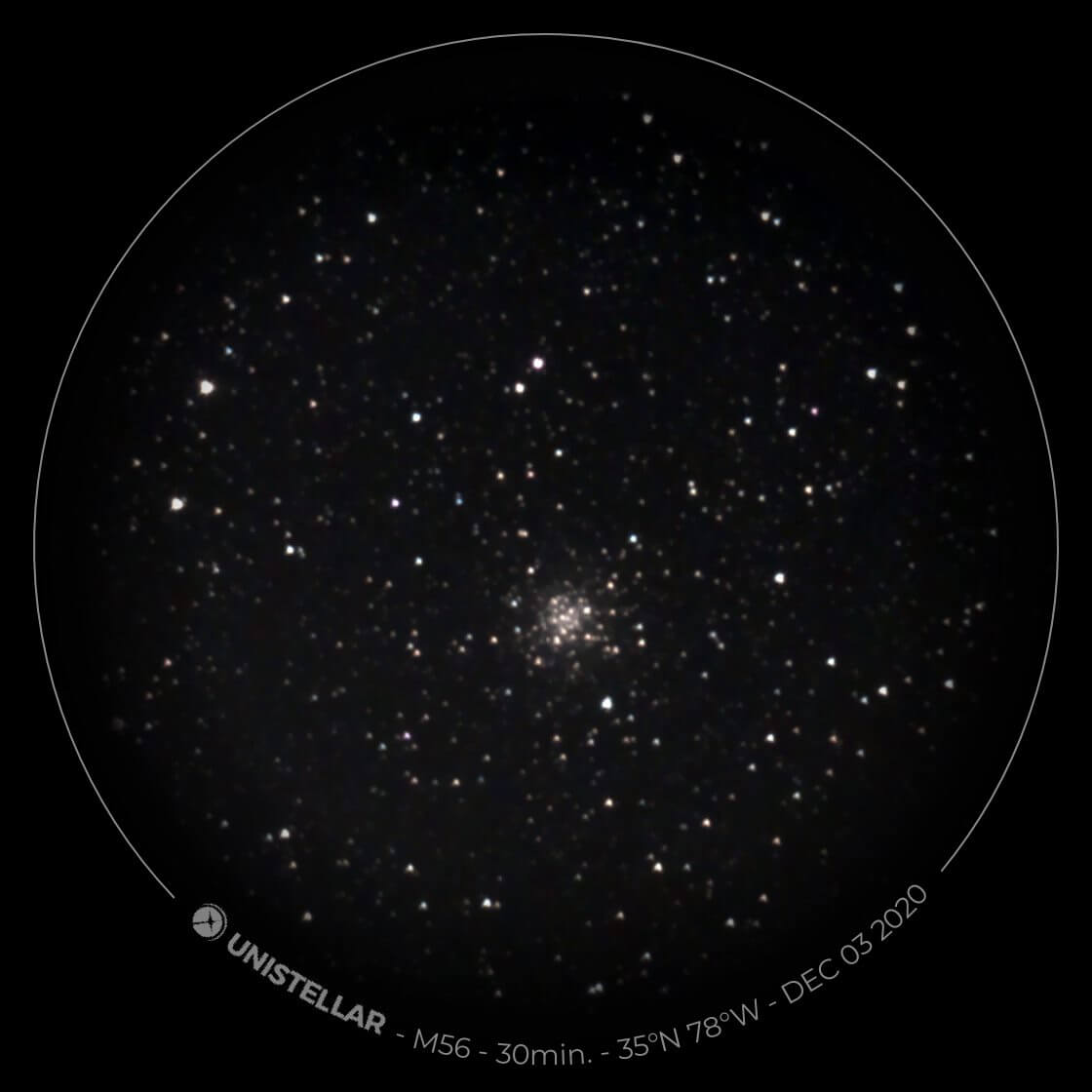
eVscope image captured by Unistellar Citizen Astronomer Michael McCann, from North Carolina
eVscope images of M35 and NGC 2158 captured by Unistellar Citizen Astronomer David Rowe, from Wimborne, United Kingdom
Messier 56
Messier 56 is a globular cluster, a densely packed group of hundreds of thousands of stars that all formed together at the same time. It is home to about 230 thousand stars! Messier 56 is almost as old as our universe, being about 13.7 billion years old! For reference, our visible universe is about 13.8 billion years old.
Observing Tips:
- Search for “M56” in the Explore tab of the Unistellar app.
- Depending on the sky quality at your location, you may want to leave the Enhanced Vision mode on for at least a few minutes
- Recommended Bortle Class is 7 or lower.
We encourage you to share your observations and join the conversation through our Facebook, Instagram and Twitter pages using the hashtag #UnistellarChallenge!
If you’d like to send us your observations by email, send them to [email protected].
Clear skies! 🔭
Further readings
Unistellar Community Included In Multiple Scientific Papers
Did you know Unistellar Citizen Astronomers are often cited in published scientific papers? Find out how you can contribute too!
What Are the Names of All the Full Moons in 2024?
Discover the enchanting names of the full moons in 2024. Delve into the unique character of each lunar spectacle and embrace the allure of the night sky.
New Unistellar App Update: Version 3.0
The latest Unistellar App Update, version V3.0, is now live. Explore a smooth stargazing experience !
What to Observe This November: Open Star Clusters and More
These Halloween deep-sky objects will add some light to those dark, spooky nights. Treats, tricks, and telescopes await!
When Is the Next Solar Eclipse, and How to Observe It With a Unistellar Telescope
An annular solar eclipse is visible from the Americas on October 14. Learn how to witness the Ring of Fire with your Unistellar Telescope!
Halloween Observing Guide: Spooky Deep-Sky Objects
These Halloween deep-sky objects will add some light to those dark, spooky nights. Treats, tricks, and telescopes await!

